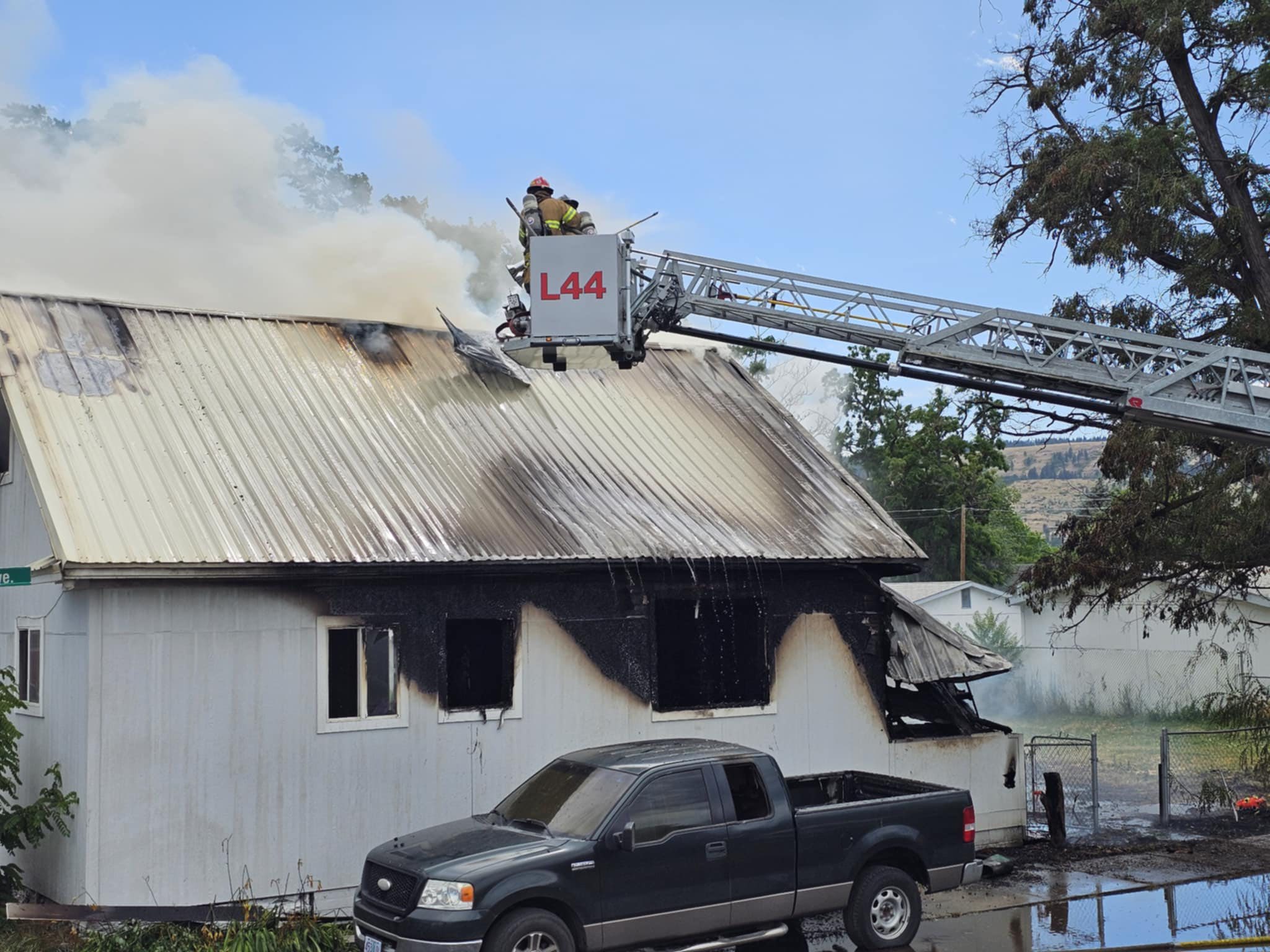Silicone: Better than plastic
Published 3:40 pm Friday, March 13, 2020

- Barbara O'Neal
After reading our last Trash Talk column about food waste, I was inspired to write about food storage alternatives. Better storage leads to less waste, and while plastic is great for storage and reducing food waste, the chemicals that leach from it and the impact of plastic on our environment are definitely not great. But then I fell down the rabbit hole of the internet.
What pulled me into that hole were the new silicone storage bags advertised as ideal for replacing plastic bags. From there, I checked out cooking and baking utensils and medical supplies. Turns out, silicone is quite interesting. It is not a naturally occurring substance, but can be made from natural ingredients, is generally inert (which means it keeps to itself) and anti-microbial, is heat-resistant, and is very strong so it is a better alternative to other plastics.
Unfortunately, food grade silicone in particular has not been well studied and a few experiments have raised serious questions. While durable and recyclable, it is not generally recycled and will remain in our landfills for hundreds of years. There in a nutshell is the good, the bad and the ugly. If you want to follow me further down the rabbit hole, keep reading for more information and a few recommendations.
First, what is silicone? Like plastic, it is a manmade polymer. In fact, the Plastics Council considers it a plastic. But instead of a carbon base, it has a backbone of silicon and oxygen. Silicon,without the “e,” is an ingredient in silicone. Silicon is an element found in silica, which is sand or quartz. Yup, sand. Silicon is extracted from silica (it rarely exists by itself in nature) and passed through hydrocarbons to create a new polymer with an inorganic silicon-oxygen backbone and carbon-based side groups. That means while the silicon might come from a relatively benign and plentiful resource like sand, the hydrocarbons in silicone generally come from fossil sources such as petroleum and natural gas. It is a bit of a hybrid material. Silicone also is known as siloxane because it is comprised of siloxane monomers that are bonded together into polymers to form the final silicone resin we use.
While the research indicates silicones are stable, they are not completely inert. In other words, there is a possibility of leaching siloxane. One study tested bottle nipples and bakeware with milk, baby formula and a solution of alcohol and water. Nothing was released into the milk or formula after six hours, but after 72 hours in the alcohol solution, several types of siloxane were detected in the solution. Some siloxanes are considered potential endocrine disrupters, and some have been linked to cancers and other health issues, plus they stay in the environment so can accumulate in people and wildlife.
Several studies have found small amounts of siloxanes migrate into foods baked in or on silicone. The amounts involved were dependent on fat content — the more fat a food had, the more siloxanes were transferred. While most were within regulatory limits, some were not. In general silicone is considered heat-tolerant. Some silicone rubbers are designed to withstand temperatures as high as 500 degrees and silicone treated parchment paper is supposed to be safe up to 475 degrees, yet some bake ware tested leached siloxane at 300 degrees. The good news is, so far, siloxanes only appear to leach from silicone products that are exposed to high heat and fat. An additional concern about silicone products are additives such as fillers and colorants — both can introduce toxins and in some cases lead.
In terms of safety, silicone is much better than other plastics but not as good as glass and metal. Its long life and flexibility make it a winner in my book, with a few precautions. Here are my recommendations:
• Choose 100% food grade silicone. Always buy certified BPA and lead free.
• Avoid food contact in high heat situations until more studies are conducted. Opt for glass, ceramic, or stainless steel when dealing with high temperatures.
• When it comes to cookie sheets and pans, silicone cookware is likely safer than traditional non-stick varieties using perfluorochemical coatings. If it’s a choice between the two, use silicone, but glass, ceramic, and stainless steel are best.
• The evidence indicates that clear silicone bottle nipples and pacifiers can likely be used without worry.
• Things like silicone oven mitts, utensils (spatulas, spoons), splatter guards and pot holders should be fine given the minimal amount of time they are in contact with food. If it is a choice between plastic and silicone — choose silicone. But, I don’t recommend leaving a spoon of either one in a simmering pot. Natural fibers — wood, metal, etc. are best.
• Use your silicone items for a long, long, long time. They can last for decades. Some companies will accept and recycle silicone so do some research when your bag or spoon finally wears out.
If you like thinking about, discussing, making and consuming food as much as I do, consider coming to the next Trash Talk movie. With the help of Baker City Farmers Market as a sponsor, we will be screening “Ingredients: The Local Food Movement Takes Shape.” Join us at the library, 2400 Resort St., on Wednesday, April 15, at 6:30 p.m. Doors open at 6 p.m. The documentary is free, but donations are appreciated.









